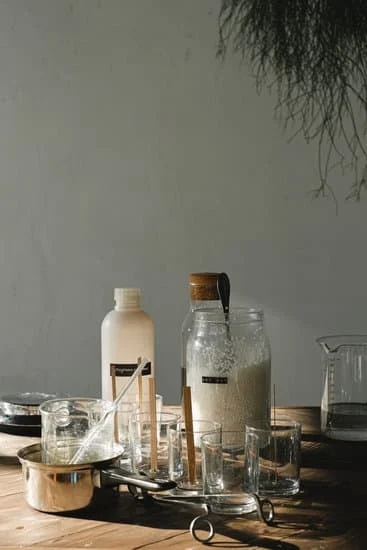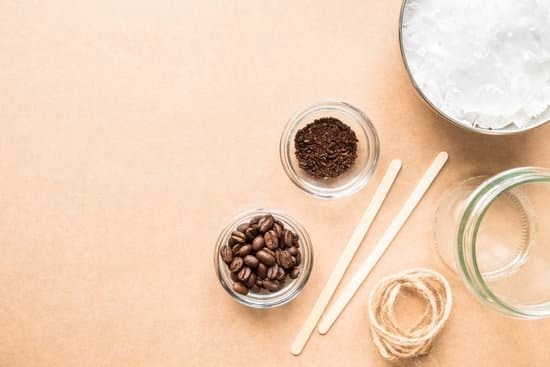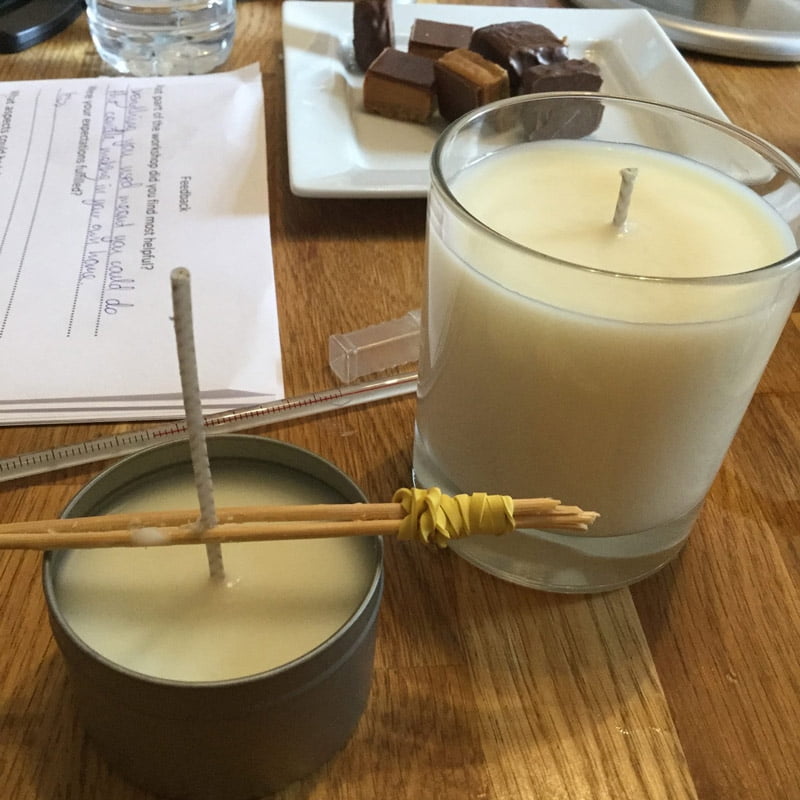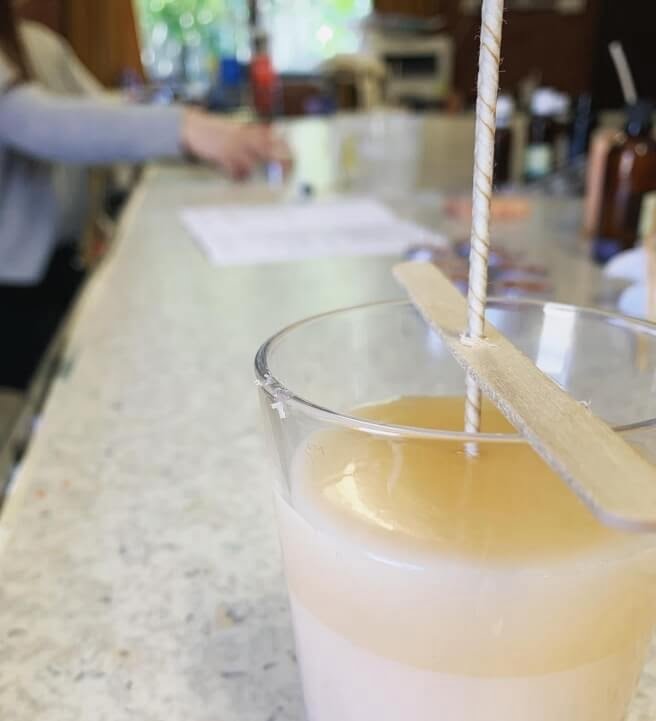Candle making is an art form that allows individuals to express their creativity and personal style. One of the most crucial elements in creating a memorable candle is the scent. The right aroma can evoke emotions, create ambiance, and leave a lasting impression on anyone who encounters it. Whether you’re crafting candles as gifts or for your own enjoyment, selecting the perfect scent is paramount to the overall experience.
Choosing the right scent for your candles involves considering personal preference, the season, and the occasion for which the candle will be used. From calming lavender for relaxation to invigorating citrus for a burst of energy, each scent has its own unique characteristics that can set the mood in any room. Understanding fragrance notes – top, middle, and base – is essential in creating a harmonious blend that delights the senses and captivates the soul.
In this article, we will delve into the world of candle scents, exploring popular options like vanilla, sandalwood, and jasmine. Furthermore, we will provide DIY scent recipes using essential oils and natural ingredients so you can customize your candles to reflect your individuality. Get ready to embark on a fragrant journey filled with creativity and sensory delight as we guide you through selecting, mixing, and maximizing scents in your homemade candles.
Choosing the Right Scent
When it comes to choosing the right scent for making candles, there are several factors to consider in order to create a delightful and memorable experience. Personal preference plays a significant role in selecting the perfect scent, as different people are drawn to distinct fragrances based on their unique tastes and memories. Whether you prefer floral, fruity, woody, or fresh scents, experimenting with various options can help you discover what resonates most with you.
Seasonal influences can also play a key role in determining which scent to use for your candles. For example, during the spring and summer months, light and airy scents like lavender or citrus may be more appropriate, while warm and cozy scents such as cinnamon or vanilla are perfect for the fall and winter seasons.
By aligning your candle scents with the time of year, you can create an ambiance that complements the changing seasons and enhances the overall atmosphere of your space.
Furthermore, considering the occasion for which you are making candles can guide your choice of scent. For instance, if you are crafting candles for a romantic dinner, scents like rose or jasmine can help set a romantic mood.
On the other hand, if you are creating candles for a relaxing spa day at home, soothing scents such as eucalyptus or chamomile may be more suitable. Tailoring the scent of your candles to suit specific occasions can elevate the experience and leave a lasting impression on those who enjoy them.
- Personal preference is crucial when selecting candle scents
- Seasonal influences should guide your choice of fragrance
- Consideration of the occasion helps in creating memorable experiences
Understanding Fragrance Notes
Fragrance notes play a crucial role in the overall scent profile of a candle. When you light a candle, different fragrance notes are released at varying rates, creating a harmonious blend that enhances the olfactory experience. Understanding the three main categories of fragrance notes – top, middle, and base – is essential for creating well-balanced and complex scents for your candles.
The top notes are the first impression of a candle’s scent. They are typically fresh and vibrant, providing an initial burst of fragrance when the candle is lit. Common top notes include citrus fruits like lemon or bergamot, as well as herbal scents like lavender or eucalyptus. These notes are light and fleeting, dissipating quickly to make way for the middle notes.
Middle notes, also known as heart notes, form the core of a candle’s scent profile. They emerge once the top notes have evaporated and contribute to the body and character of the fragrance. Middle notes are often floral or fruity in nature, adding depth and complexity to the overall aroma. Examples of middle notes include rose, jasmine, or apple. These notes last longer than the top notes but eventually give way to the base notes.
Base notes anchor a candle’s scent and provide longevity to the fragrance. They are rich, warm, and enduring, acting as a solid foundation for the other notes to shine. Base notes develop slowly over time and linger after the candle has been extinguished. Common base notes include vanilla, sandalwood, or amber. By understanding how these three categories of fragrance notes work together in a candle, you can create sophisticated and captivating scents that delight your senses with every burn.
| Fragrance Notes | Examples |
|---|---|
| Top Notes | Citrus (lemon, bergamot), Herbal (lavender, eucalyptus) |
| Middle Notes | Floral (rose, jasmine), Fruity (apple) |
| Base Notes | Vanilla, Sandalwood |
Popular Candle Scents
When it comes to making candles, choosing the right scent is key to creating a truly captivating experience. From calming lavender to zesty citrus or warm vanilla, the options are endless. Among the most popular candle scents are floral fragrances like rose and jasmine, which bring a touch of elegance and freshness to any space. These scents are often associated with relaxation and can help create a serene atmosphere in your home.
Another favorite among candle enthusiasts is the scent of freshly baked goods like cinnamon and vanilla. These comforting aromas invoke feelings of warmth and coziness, making them perfect for creating a welcoming ambiance during colder months. Additionally, woodsy scents such as cedarwood and sandalwood are ideal for bringing a sense of the outdoors inside, adding a natural element to your living space.
For those who prefer something more invigorating, citrus scents like lemon and orange are popular choices. These bright and energizing fragrances can uplift your mood and give your home a refreshing feel. Whether you’re looking for something calming, cozy, or invigorating, there’s a popular candle scent out there to suit every preference and occasion.
| Popular Candle Scent | Unique Characteristics |
|---|---|
| Lavender | Calming and elegant |
| Cinnamon | Warm and comforting |
| Lemon | Bright and energizing |
DIY Scent Recipes
When it comes to creating your own signature scents for candles, the possibilities are endless. By using essential oils and natural ingredients, you can craft unique fragrances that cater to your personal preferences and evoke specific moods or memories. Here are some step-by-step instructions to guide you through the process of mixing and blending to create the perfect scent for making candles:
- Start by selecting a base oil: Whether you prefer soy wax, beeswax, or coconut wax as the base for your candle, each type of wax can interact differently with essential oils. Be sure to choose a base oil that complements the scents you want to incorporate.
- Choose your essential oils: Essential oils come in a wide variety of fragrances, from floral and citrusy to woody and spicy. Consider the mood or ambiance you want to create with your candle when selecting which essential oils to use.
- Experiment with blending: Mixing different essential oils together can result in complex and unique scent profiles for your candles. Start by combining a few drops of each oil in a separate container to assess how they blend together before adding them to your melted wax.
Creating DIY scent recipes for your candles allows you to customize the fragrance according to your preferences and needs. Whether you’re looking for a calming lavender blend for relaxation, an invigorating citrus mix for energy, or a cozy vanilla concoction for warmth during the colder months, the possibilities are limited only by your imagination.
Remember that crafting your own candle scents is a fun and rewarding experience that offers endless opportunities for creativity. By following these step-by-step instructions and experimenting with different combinations of essential oils, you can develop unique fragrances that not only fill your space with delightful aromas but also make meaningful gifts for friends and loved ones. Enjoy the process of creating custom scents that truly capture the essence of who you are.
Scent Combinations
When it comes to creating unique and personalized candles, experimenting with different scent combinations can truly elevate your candle-making experience. By mixing and matching various scents, you have the opportunity to create custom blends that reflect your individual style and preferences. Not only does this allow for a creative outlet, but it also enables you to tailor your candles to specific moods, seasons, or occasions.
Creating Harmonious Blends
To create harmonious scent combinations for your candles, consider pairing fragrances that complement each other well. For example, combining floral notes like lavender or jasmine with citrusy scents such as lemon or bergamot can result in a refreshing and uplifting blend. Alternatively, mixing warm vanilla with spicy cinnamon or nutmeg can create a cozy and inviting fragrance perfect for the fall and winter months.
Experimenting With Contrasting Scents
On the other hand, experimenting with contrasting scents can also yield interesting results in your candle creations. Pairing sweet and fruity scents like apple or strawberry with earthy notes such as patchouli or sandalwood can create a complex and intriguing aroma profile. Playing with different combinations of fresh, herbal, woody, and sweet scents can lead to unexpected but delightful outcomes that will set your candles apart from the rest.
Finding Your Signature Blend
Ultimately, finding your signature scent blend is a fun and rewarding process that allows you to express your creativity through candle making. Don’t be afraid to mix different fragrances together, tweak ratios, or add unique twists to existing recipes.
With some experimentation and an open mind, you may discover the perfect combination that resonates with you personally or captivates those who enjoy your candles. Remember that the possibilities are endless when it comes to exploring scent combinations for making candles.
Scent Throw
When it comes to creating the perfect candle, achieving a strong and long-lasting scent throw is essential. The term “scent throw” refers to the intensity at which the fragrance of a candle fills a room when it is burning. Whether you prefer a subtle aroma or an impactful fragrance experience, understanding how to maximize scent throw can elevate your candle-making game to new heights.
Factors Affecting Scent Throw
Several factors can influence the scent throw of your candles, including the type and quality of fragrance oils used, the wax blend, wick size, container size and shape, and even the room’s airflow. Choosing high-quality fragrance oils that are specifically designed for candle-making can significantly enhance the scent throw of your candles. Experimenting with different waxes and wicks can also help you achieve optimal results based on personal preferences.
Maximizing Scent Throw
To maximize the scent throw of your candles, consider using fragrance oils with notes that are known for their strong diffusion properties such as citrus, floral, or woody scents. When adding fragrance oil to your wax blend, be sure to follow recommended guidelines regarding usage rates to prevent overpowering or underwhelming scents.
Properly curing your candles for at least one to two weeks before burning can also enhance their scent throw by allowing the fragrances to fully develop and integrate into the wax.
Tips for Enhancing Scent Throw
In addition to choosing the right ingredients and following proper techniques, there are some practical tips for enhancing scent throw in your candles. Trim your wick to 1/4 inch before each use to promote clean burning and prevent sooting, which can affect how well the fragrance is released.
Positioning your candle in a draft-free area away from windows or air vents can help ensure that the fragrance spreads evenly throughout the room. Experimenting with different combinations of scents and adjusting variables like wick size or wax type can also help you fine-tune your candle-making process for optimal scent throw results.
Tips for Scenting Candles
When it comes to making candles, one of the most crucial aspects is choosing the right scent. The scent of a candle can create a specific ambiance, evoke certain emotions, and enhance the overall experience of burning a candle. To achieve the perfect scent balance in your homemade candles, consider these practical tips and tricks.
First and foremost, it’s essential to remember that less is often more when it comes to adding fragrance oils to your candle wax. While it may be tempting to add a generous amount of scent for a strong aroma, over-saturating your candle with fragrance oils can lead to poor burn quality and even potential health hazards.
It’s recommended to follow the manufacturer’s guidelines for the proper fragrance oil ratio based on the amount of wax you are using.
Another tip for achieving the perfect scent balance in your candles is to test different fragrances before committing to a large batch. Everyone’s sense of smell is unique, so what may be appealing to one person could be overwhelming to another.
Consider conducting small test batches with various fragrance combinations to find the ideal balance that suits your preference. Additionally, allow your candles to cure for several days before evaluating the strength of the scent throw as some fragrances may intensify over time.
Lastly, take into account the type of wax you are using when scenting candles. Different waxes have varying absorption rates, which can affect how strongly the fragrance disperses when the candle is burned. Soy wax generally holds onto scents well, while paraffin wax may require a higher concentration of fragrance oils due to its slower absorbency rate.
Experiment with different waxes and adjust your fragrance ratios accordingly to achieve optimal scent throw in your homemade candles. By following these tips and tricks, you can ensure that your candles not only look beautiful but also fill your space with captivating scents that enhance any atmosphere or occasion.
Conclusion
In conclusion, the art of candle making is not just about creating beautiful pieces but also about evoking emotions and memories through the scents you choose. The right scent for making candles can truly transform a space and create a relaxing atmosphere for anyone who enters it. Whether you prefer floral notes for a fresh springtime feel or warm, spicy scents for cozy winter evenings, there is a wide range of options to suit every taste and occasion.
As discussed earlier, selecting the perfect scent involves considering personal preferences, the season, and the event for which the candle is intended. Understanding fragrance notes – such as top, middle, and base notes – can help in creating well-balanced candles that release a harmonious aroma when lit. Popular candle scents like lavender, vanilla, sandalwood, and citrus offer unique characteristics that can enhance any room with their therapeutic properties and soothing effects.
For those looking to add their personal touch to candle making, DIY scent recipes using essential oils and natural ingredients are a great way to experiment and create signature fragrances that reflect individual preferences. By mixing different scents together in custom combinations, crafters can unleash their creativity and craft candles that not only look beautiful but also fill a room with delightful aromas.
So go ahead, explore the world of scents for making candles, unleash your creativity, and enjoy the process of creating personalized candles that bring joy and relaxation to those around you.
Frequently Asked Questions
What Scent to Use for Candle Making?
When it comes to choosing a scent for candle making, the options are endless. Popular choices include essential oils like lavender, vanilla, and eucalyptus, which provide natural and soothing fragrances. Some people also opt for fragrance oils specifically designed for candles, offering a wide range of scents to choose from.
What Is the Best Fragrance Oil for Candle Making?
The best fragrance oil for candle making depends on personal preference and the desired outcome of the candle. Some popular choices include scents like sandalwood, cinnamon, and citrus blends. It’s important to consider the quality of the fragrance oil as well, ensuring a long-lasting and pleasant scent when the candle is burned.
What Can I Put in Homemade Scents for Candles?
Homemade scents for candles can be created using various ingredients like dried herbs, spices, or even fruits. For example, dried rose petals can add a delicate floral aroma to candles, while cinnamon sticks can provide a warm and cozy fragrance. Experimenting with different combinations can help create unique scents that cater to individual tastes.

Welcome to my candle making blog! In this blog, I will be sharing my tips and tricks for making candles. I will also be sharing some of my favorite recipes.





